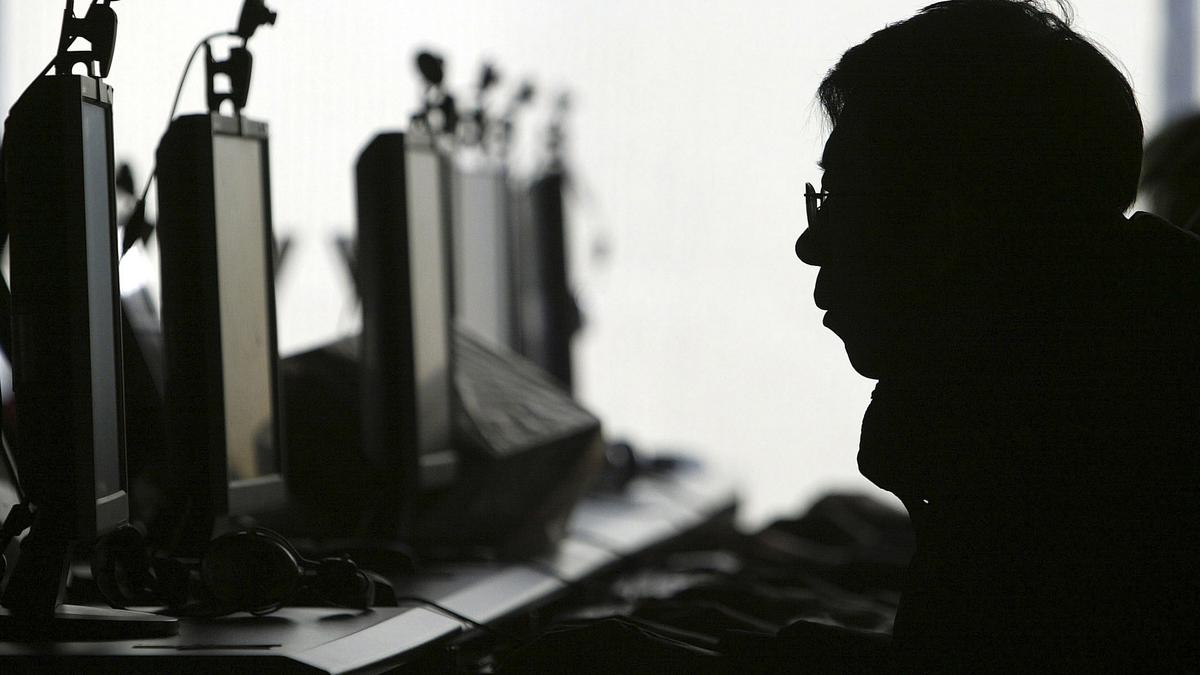
Did India’s porn ban reduce traffic to popular adult sites? Premium
The Hindu
India has enacted multiple porn blocks, but did they really reduce the country’s traffic to Pornhub?
The regulation of pornography in India confuses not just its viewers but also researchers, digital rights advocates, policymakers, campaigners, and the Indian internet service providers (ISPs) responsible for controlling access to such platforms with explicit content.
The lack of clarity is because the Indian government has not enforced just one porn ban, but several blocks – and retractions of those blocks – to tackle sexual violence in the country.
Adding to this muddle, website blocks are often not flagged by ISPs. Connecting to a blocked porn site usually results in a failed connection which resembles an internet outage rather than a government-ordered block. The user rarely gets a banner or an information box providing the details of the site block and its legal basis.
But did India’s multiple porn blocks actually reduce the country’s traffic to porn platforms?
(For top technology news of the day, subscribe to our tech newsletter Today’s Cache)
From a legal perspective, an Indian citizen in a private space who watches explicit videos featuring fully consensual interactions between adult actors is not committing a crime.
However, if that same individual were to create explicit content, share it with others, profit from it, become involved in the production of non-consensual content, or involve children in such media, they would be violating Section 292 in The Indian Penal Code and/or sections of The Information Technology (IT) Act of 2000. Child abuse material also comes under the scope of The Protection of Children from Sexual Offenses Act (POCSO), 2012.











